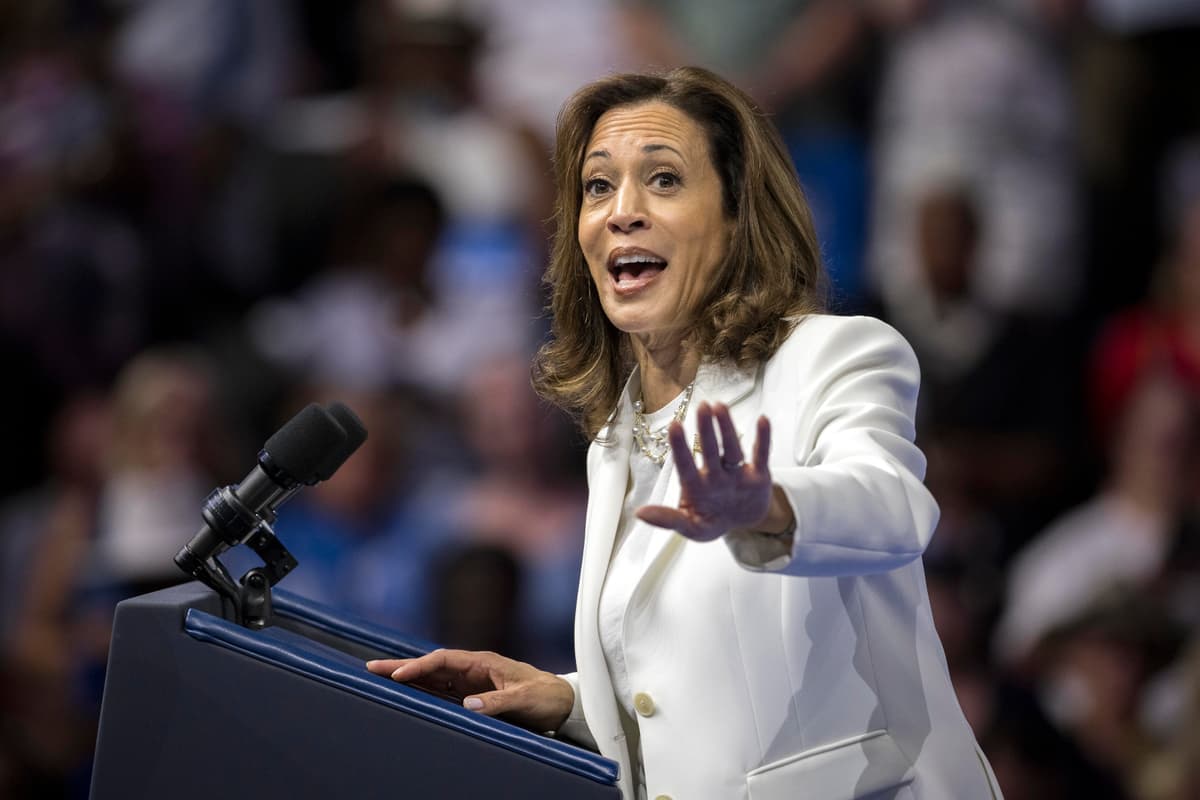Harris Gaining Ground Among College-Educated Whites, but Stumbling Badly in Union Households
The gains could be a boon for Ms. Harris in critical swing states like Pennsylvania and North Carolina, both of which have college-educated populations at higher rates than the national average.

Vice President Harris is making historic gains among college-educated white voters this year — a group that was once a driving force of Republican electoral successes. They are some of the most motivated voters in the country, and could deliver Ms. Harris victories in critical swing states this year.
According to CNN’s poll aggregator, Ms. Harris leads President Trump among white voters with a bachelor’s degree or higher by 18 points — double the nine-point margin President Biden won the group by in 2020.
“The electorate is becoming more polarized along education, and Democrats, at least among those with a college degree, are the beneficiaries of it, and Kamala Harris is doing historically well among voters with a college degree,” CNN’s chief polling aggregator, Harry Enten, said Monday.
Those voters with college degrees were critical to Republican successes in the past, but their strong dislike for Trump has now driven many into the Democrats’ arms. In 2016, whites with a bachelor’s degree or more voted for Secretary Clinton by a margin of just five points.
It could be an extra boost for Ms. Harris in critical swing states like Pennsylvania and North Carolina, which both have college-educated populations at higher rates than the national average. Michigan, Arizona, Wisconsin, and Georgia also have sizable populations of voters with college degrees, though slightly below the national average.
While Ms. Harris runs away with the college-educated white vote, she is slipping among a previously reliable bloc for her party: union households. In 1992, President Clinton won the union vote by 30 points, but by 2016, the demographic had shifted dramatically to the right. Mrs. Clinton won the demographic by just 12 points, before Mr. Biden was able to win some of those voters back in 2020 when he carried union households by 19 points.
Ms. Harris is on track to perform worse than Mrs. Clinton, however. In fact, if polls of union members turn out to be accurate, Ms. Harris would have the worst performance among union members for a Democratic candidate in 40 years.
According to a CNN aggregation of polls released on September 30, Ms. Harris leads Trump among union voters by just nine points, which tracks with the rightward trend of white union members and non-college educated white voters in recent years.
Ms. Harris has suffered some embarrassing defections from reliably Democratic unions recently. In the last month, two of the largest unions in the country — the Teamsters and the International Association of Fire Fighters — declined to endorse a presidential candidate this year.
The problem for Trump, however, is that college-educated voters show up to the polls at a disproportionate rate relative to the national population of those with college degrees. College-educated whites make up just 24 percent of the total eligible voter population nationwide, though they made up 34 percent of total voters in the 2022 midterms, according to Pew research. Just 13 percent of white Americans with college degrees who are eligible to vote sat out the 2018, 2020, and 2022 midterms.
Non-college educated whites — despite making up 41 percent of all eligible voters — turn out at rates lower than their total share of the population, and a much higher percentage of them have sat out the last three election cycles compared to their college-educated peers. Non-college whites made up 35 percent of the electorate two years ago, while 31 percent stayed at home for the 2018, 2020, and 2022 elections.
A professor of political science at Boston College, David Hopkins, detailed the education divide in his most recent book, “Polarized by Degrees.” He told the Niskanen Center on September 4 that the divide and realignment is one of the most important political developments in America today.
“The Republicans are sort of defining themselves against all that as an anti-elite party, including an anti-intellectual and anti-expert party,” he says. “And we think that you can see that not just in election results, but in how the parties operate internally, in how they govern, and the choices they make in terms of policymaking, and then also certainly their increasingly distinct relationships with other major social institutions, like the news media, the educational system, the nonprofit world, and even corporate America.”

